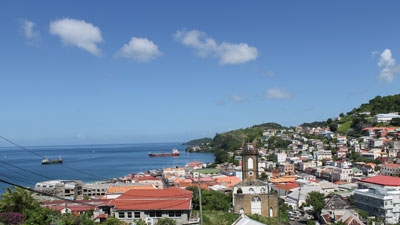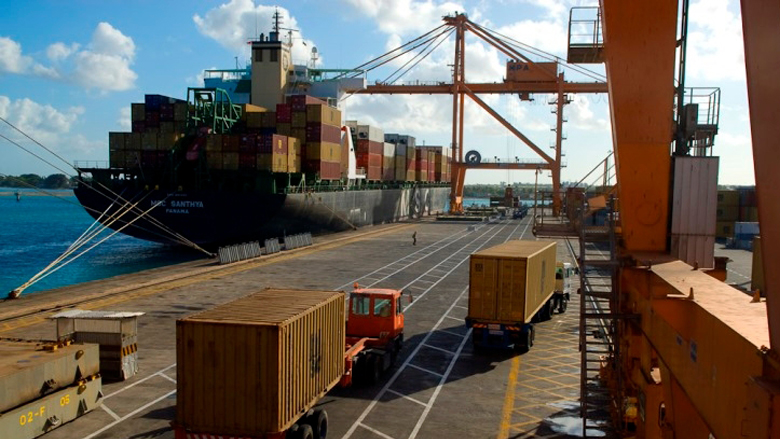“Two years ago, I stood on stage at the Caribbean Growth Forum in the Bahamas and said we need a regional mindset, training for the youth and investment in the digital industry,” remembered Israel Mallet, a young entrepreneur from Barbados. “Now it’s time for action.”
Years of low growth has taken its toll on many youth in the Caribbean. Close to half of their peers in Grenada and St Lucia are unemployed, and at 28.1%, the average unemployment for Caribbean small states is close to three-times that of Latin America as a whole.
However, recent figures released by the World Bank, indicate there may soon be a light at the end of the tunnel for the eastern Caribbean.
Here we detail four ways in which the future may be brighter for the OECS, and youth like Israel:
1. Growth is expected to accelerate in the medium-term
With close financial links to North America and Europe, the Caribbean was hit hard by the last global financial crisis. But, as the markets rally, so have the region’s two main sectors - tourism and construction - contributing to growth of 1.5% in 2014. This upward trajectory is expected to continue in the OECS over the medium term, reaching 2.1%.
“There is significant potential for boosting trade,” highlighted Jorge Familiar, World Bank Vice President for Latin America and the Caribbean. “Continued efforts to improve trade facilitation and step up investments in research and innovation, as well as quality education, will help improve skills and generate well paid jobs in the Caribbean.”
Private consumption was the main driver of this growth in 2014 as domestic demand strengthened amidst the economic recovery.
2. Tourism is recovering but challenges remain
Millions of people flock to the wider Caribbean each year, in search of white sand beaches, turquoise seas and the pleasant tropical climate for which the region is famed.
Consequently, tourism and travel is a major source of employment in the OECS, accounting for close to 70% in countries such as Antigua & Barbuda and Anguilla.
The sector showed a resurgence in 2014 with an increase in visitors from the USA, UK and Canada, however the type of tourism is undergoing a transformation. Efforts to increase air visitors to the region reaped the benefits in 2014 with an increase of over 6%, however at the same time cruise arrivals have declined sharply.
“Movements of goods and services between islands are limited,” stated Familiar. “Improving connectivity through air and sea could unlock the potential for tourist’ island hoping and facilitate intra-regional trade.”


